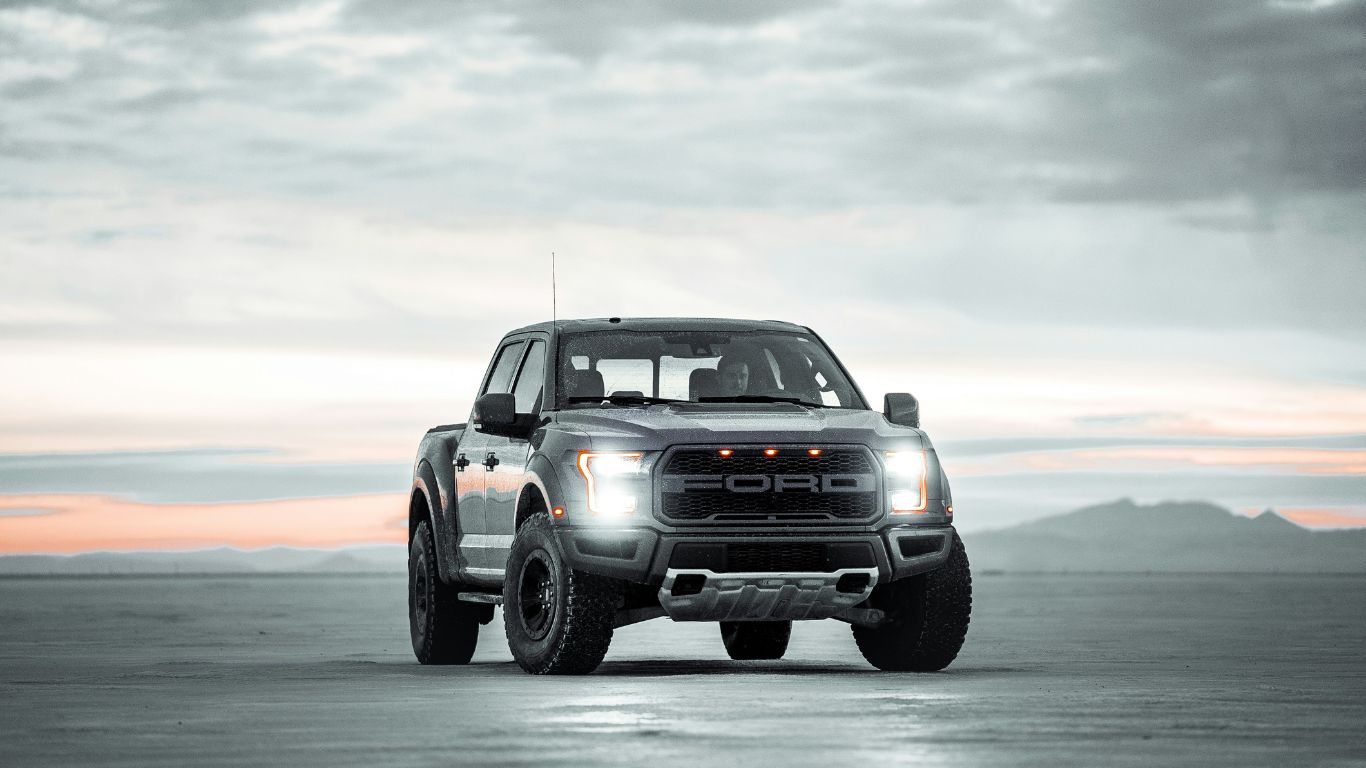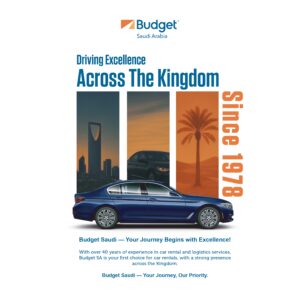Coffee is more than just a beverage; it’s a ritual, a daily comfort, and for many entrepreneurs, a dream business waiting to happen. But turning that dream into reality usually starts with a big decision: should you launch a nimble coffee cart or invest in a full café? Thanks to Ferla’s Coffee Carts, the mobile option is more appealing than ever, while cafés continue to represent the timeless allure of permanence and community. Both models can succeed, but they thrive in different ways.
The Growing Appeal of Coffee Carts
In recent years, coffee carts have rolled into the spotlight as a low-cost, flexible entry point into the coffee business. With modest investment and relatively quick setup, an entrepreneur can be pouring lattes on a busy street corner or handing out cold brew at a weekend market within weeks. Their biggest advantage is mobility—you can take your business to wherever the people are, whether that’s near offices during the morning rush or at festivals and events on weekends.
Running a cart also keeps operations lean. With one or two people at the helm, it’s easier to maintain consistency and keep costs under control. Customers often appreciate the intimacy, getting their coffee directly from the owner, who becomes the face of the brand.
Still, carts aren’t without challenges. Sales can fluctuate heavily with weather conditions, and the menu is limited by the space and equipment available. While a cart can build loyal customers, it’s hard to replicate the welcoming atmosphere of a sit-down coffee shop.
The Enduring Strength of Cafés
Cafés are the traditional dream for coffee entrepreneurs—and for good reason. A well-run café is more than a place to pick up a drink; it’s a destination. With seating, ambiance, and thoughtful design, cafés can offer customers a “third place” between home and work. They also allow for a wider menu, from pastries and sandwiches to retail coffee beans, workshops, or even live events.
The trade-off is the level of investment and complexity. Opening a café often requires significant capital for rent, renovations, equipment, and staffing. It can take months just to get the doors open, and once running, the business demands more structure, systems, and management.
But the rewards can be significant. Cafés offer higher earning potential, greater brand presence, and stability that carts can’t always match. Customers form daily routines around their favorite coffee shop, and a café has the power to become an anchor in its neighborhood.
Choosing Your Path
So, which business model wins? The answer depends on your goals.
If you’re looking to start small, learn the trade hands-on, and adapt quickly, a coffee cart offers flexibility and lower risk. If your vision is bigger—building a lasting brand, creating a gathering space, and offering more variety—then a café may be the right path, provided you have the capital and patience to support it.
In fact, many entrepreneurs combine the two. Some start with a cart to test their concept, build a loyal following, and generate cash flow, then expand into a café once demand is proven. Others open a café and later add carts to reach commuters, events, and new markets.
Final Thoughts
At the end of the day, both coffee carts and cafés can be winning business models—it just depends on what fits your resources and ambitions. Carts excel in speed and agility, while cafés shine in stability and brand-building.
Whether it’s a steaming espresso from a street-side cart or a carefully crafted cappuccino in a cozy café, the heart of the business remains the same: delivering excellent coffee and a memorable experience.
Article received via email




























